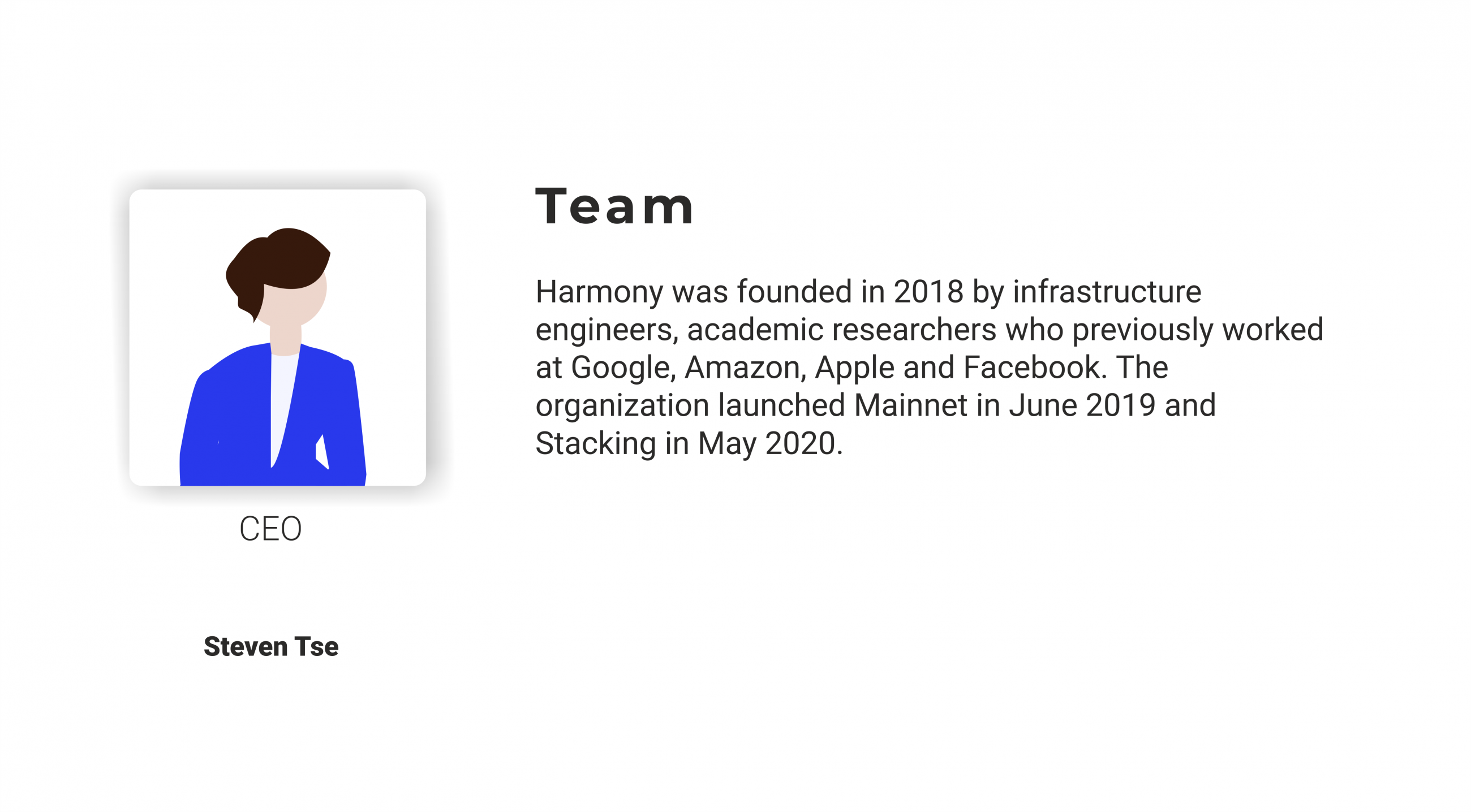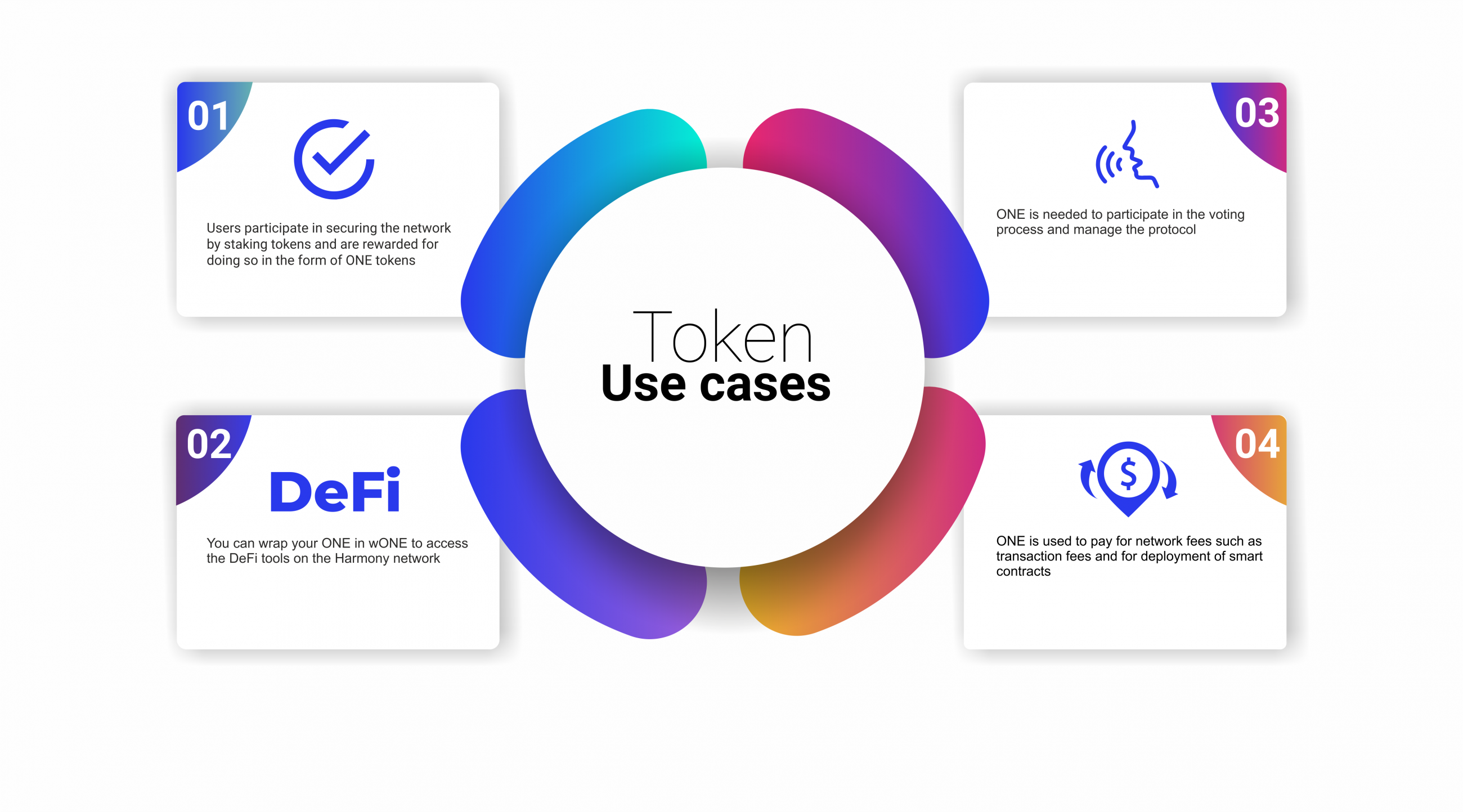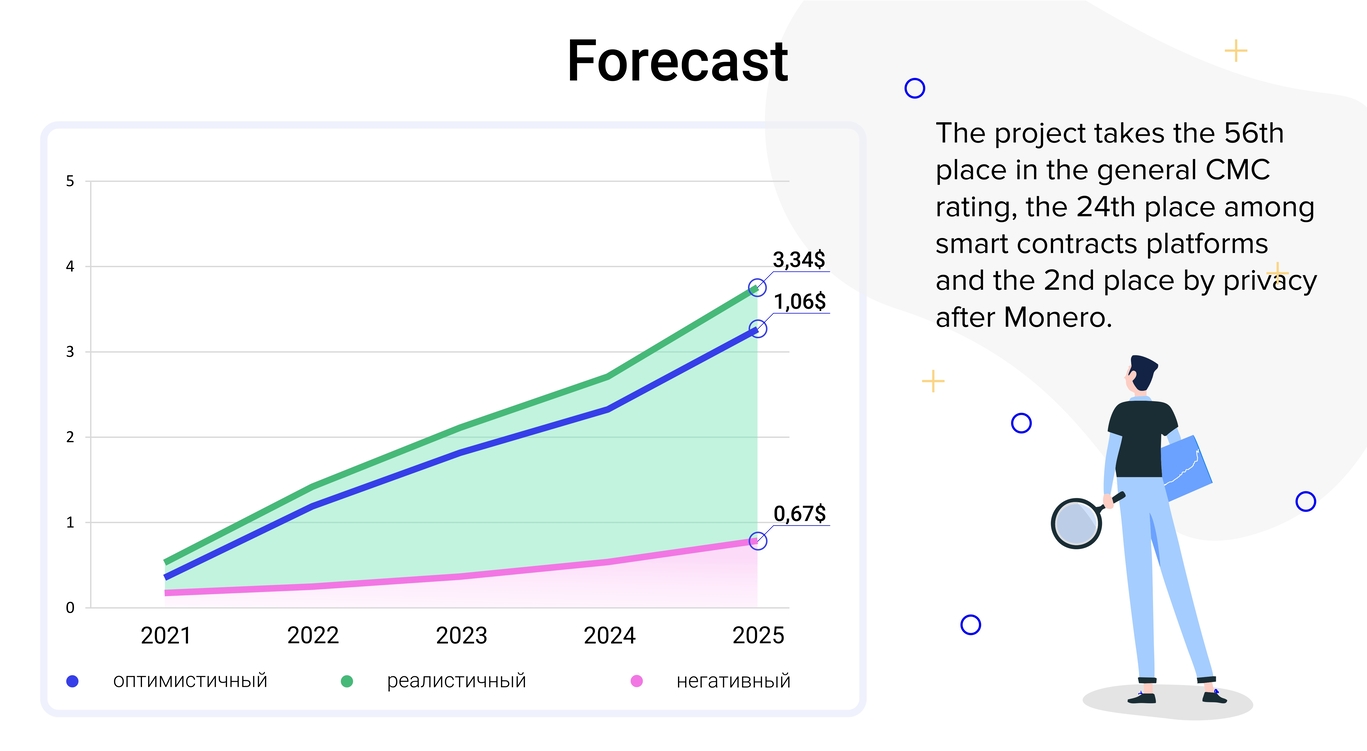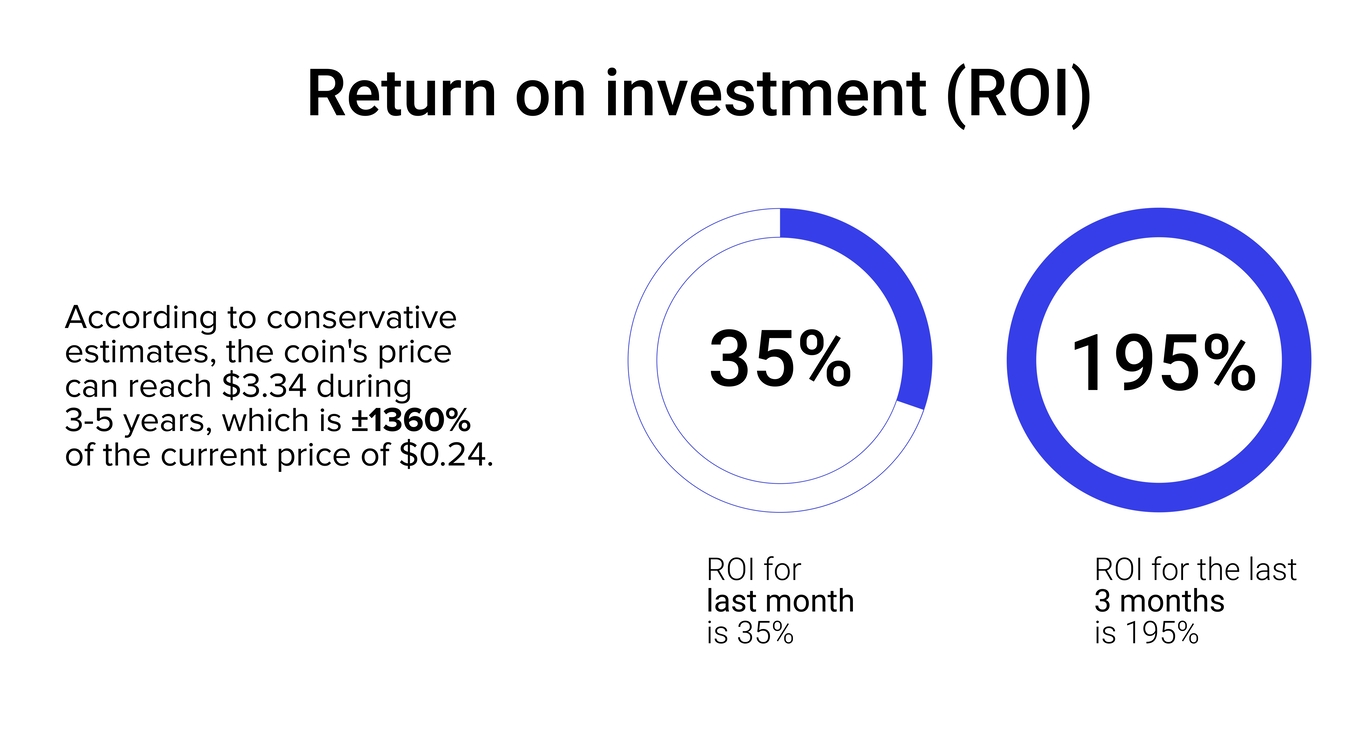Harmony (ONE)
INTRO
According to the founders of the Harmony project, current solutions to the scaling problem cannot provide significant performance improvements without sacrificing other important aspects such as security and decentralization.
A scalable solution that simultaneously preserves security and decentralization is sharding, which creates multiple groups (i.e., shards) of validators and allows them to process transactions simultaneously.
Harmony is a blockchain platform designed to facilitate the creation and use of decentralized applications (DApps). The network aims to innovate the way decentralized apps work, with an emphasis on sharding, which allows blocks to be created in seconds.
According to the project's website, Harmony is expected to introduce cross-sharing contracts and cross-chain infrastructure by the end of 2021.
The project has developed a new version of Proof-of-Stake (PoS), called Effective PoS (EPoS), at its consensus level to provide resistance to Sybil attacks. It also encourages users to delegate authority to smaller validators, thus seeking to reduce the tendency toward centralization.
Team

The use of ONE
Harmony has its own token (ONE) that network members can use for various forms of payment and participation in the protocol. The main use of the ONE token is to secure the network through the Proof-of-Stake system.

Tokenomics:
Harmony's supply volume is 12.6 billion tokens.
For constant staking rewards, Harmony's economic model limits annual issuance to 441 million tokens (about 3% in the long term)

Distribution of ONE's total token supply

Risks

Growth Prospects

